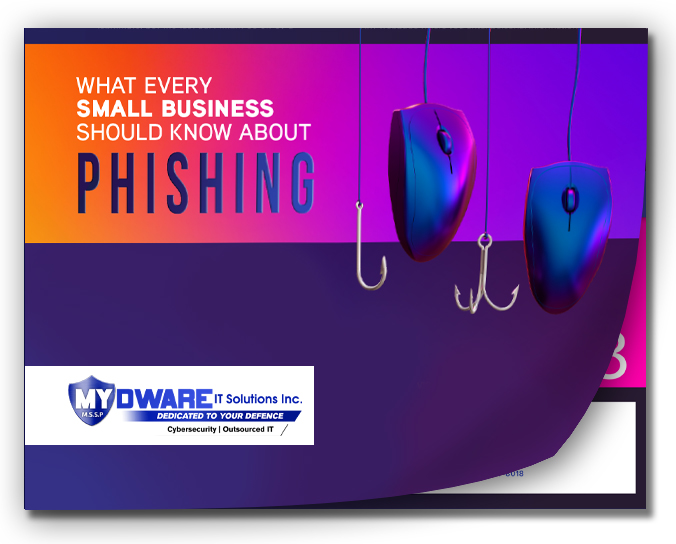 Phishing scams have levelled up—and they’re now powered by artificial intelligence. What used to be easy to spot is now frighteningly convincing, and small businesses across the GTA and Simcoe County are becoming prime targets.
Phishing scams have levelled up—and they’re now powered by artificial intelligence. What used to be easy to spot is now frighteningly convincing, and small businesses across the GTA and Simcoe County are becoming prime targets.
Book a FREE cybersecurity risk assessment NOW and find out if your team, tech, and processes can handle the latest wave of AI-generated scams.
Spearphishing Just Got Smarter—and Way More Dangerous
In 2025, cybercriminals aren’t just sending sketchy emails with typos. They’re using AI to create highly personalized messages that sound exactly like your CEO, accountant, or top supplier. They can even clone a voice to leave a fake voicemail demanding a payment.
These scams don’t target the general public—they target your finance department, your admin, or whoever handles the money.
Need a refresher on spotting clever scams? See how phishing attacks are evolving and what to watch out for.
Why AI-Powered Scams Are Working So Well
These scams aren’t “spray and pray.” They’re built to hit where it hurts—your reputation, your finances, and your client trust. Here’s how they’re getting past even smart teams.
1. Messages Look Like They’re From Inside Your Business
AI can analyze public info about your company, your org chart, and your tone of voice. That email from your CFO? It could be fake—but look totally legit.
2. Deepfake Voices Are Fooling Voicemail Systems
Some attackers now leave audio messages mimicking your voice or someone from your leadership team. The goal? Rush payments or approvals under pressure.
3. Invoices Are More Realistic Than Ever
Fake invoice scams are nothing new—but AI helps them mirror your actual vendors, amounts, and timing. One quick wire transfer mistake can cost tens of thousands.
Learn more about the fake IT support calls that also lead to ransomware—and how similar they are to these AI tricks.
How to Fight Back Without Getting Burned
These scams are smart—but your defences can be smarter. The key is to train your team, tighten your systems, and trust nothing that seems rushed or out of place.
1. Train Everyone—Especially Finance and Admin Teams
Anyone who moves money should know what to look for in modern phishing and impersonation scams.
2. Set Up Multi-Step Approvals
Big transfers should always require two sets of eyes—no matter how “urgent” the request sounds.
3. Use Behaviour Monitoring Tools
Modern systems can flag when someone logs in from a strange location or sends a weird message, even if credentials are correct.
4. Secure Your Domain and Branding
Stop spoofers by locking down your business domain and using email authentication tools. Here’s how to prevent cybersquatting that lets attackers pose as your company.
If It Sounds Off, It Probably Is
AI spearphishing attacks are rising fast—and they’re tricking people who never used to fall for scams. Don’t rely on gut instinct—rely on systems and processes that make it hard to get fooled.
Want to find your blind spots before attackers do? Book a FREE cybersecurity risk assessment now and let’s secure your business from the inside out.
Darryl Cresswell
CEO & President
MYDWARE IT Solutions Inc.




